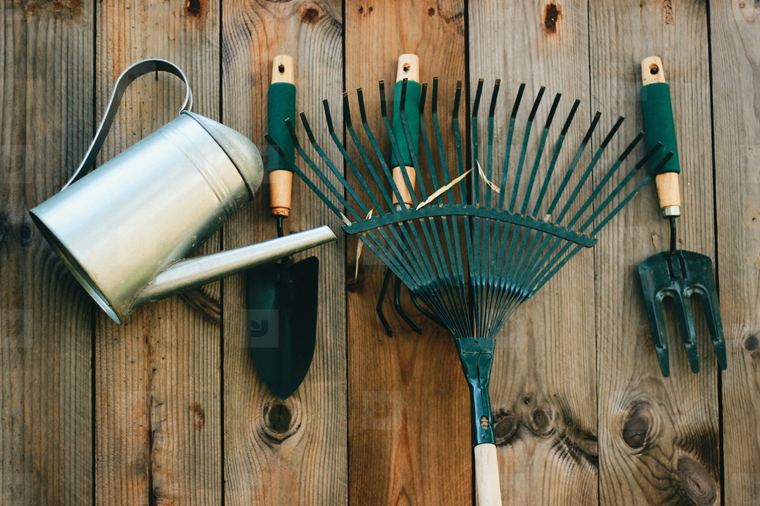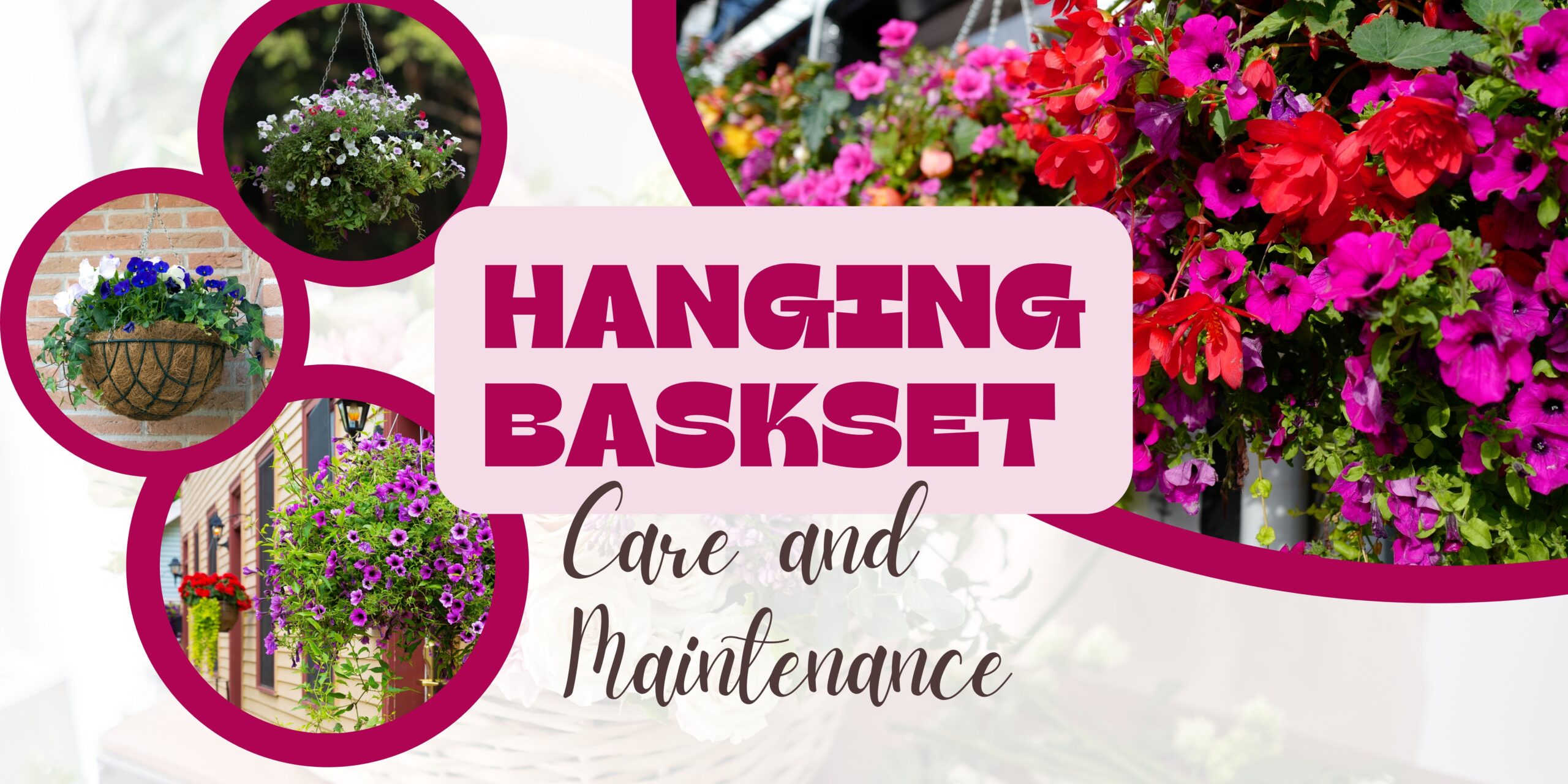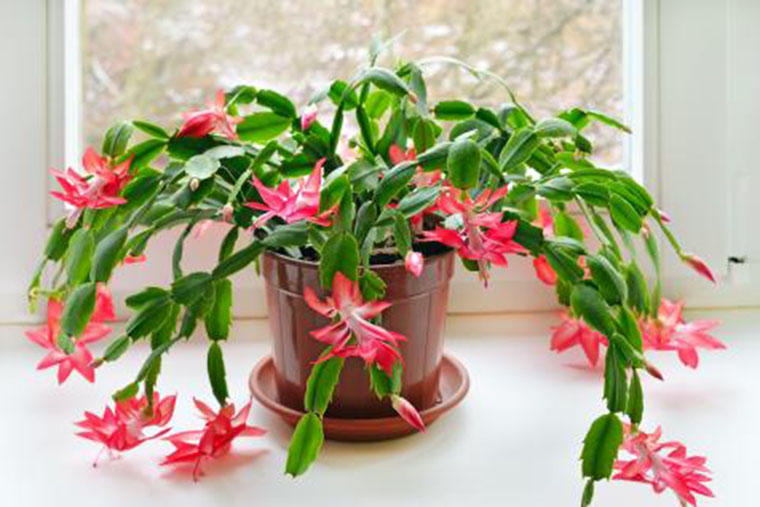October Yard Care for an Easier Spring
October is that enchanting time of year when we enjoy the last of the falling leaves, curling up in cozy sweaters and, of course, pumpkin spiced everything. But it is also the month when we begin to see the very real possibility of freezing temperatures and snow here in Alberta. So before the snowflakes begin to fall, be sure to spend one final weekend getting your yard ready for winter. A weekend this month can potentially save you time, energy and even a few headaches in the Spring.
1. Give Your Yard a Final Cut
Before you put your lawn mower away for the winter, be sure to give your yard one last cut on a low setting, this will help warm the soil in spring encouraging a greener lawn sooner.
2. Cut Back Your Perennials
To help prevent disease and rot in the spring, cut back your perennials to a few inches above ground and remove the plant debris from your beds.
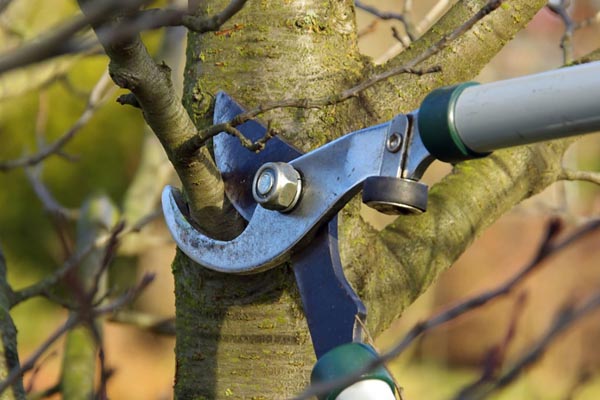
3. Prune Your Trees
Now that the leaves are sparse, it is a good time to check for interior branches that may be rubbing against each other. Rubbing branches can cause substantial damage to the bark and overall health of a tree and should be removed once spotted. Fewer leaves will also make it easier to remove any dead or problematic branches. Look for any branches that may overhang power lines or roofs, its better to remove them now than have a heavy snow dump do it for you.
TIP : Take care to not remove more than 1/3 of your tree, the stress of losing too much at one time can affect the health of your tree, making it more susceptible to pest and disease.
4. Wrap Your Trees
If you have any trees susceptible to animal damage by rabbits, mice or voles, be sure to wrap your trees with a protective plastic wrap for the winter. This can be removed in the spring once the snow has fully melted and alternative food sources become available.
5. Prune Your Shrubs
While you’re hacking away at the rest of your yard, you might as well trim back any overgrown shrubs, this will save you time in the spring and fall is an especially ideal pruning time for spring blooming shrubs, such as lilacs and forsythia.
6. Clear Out Your Vegetable Garden
If you haven’t already, now is the time to tidy up your garden beds. Pull out any remaining vegetables and move the plant debris to your compost. Be careful to avoid putting anything that has gone to seed in your bin, unless you want a few surprises in the spring.
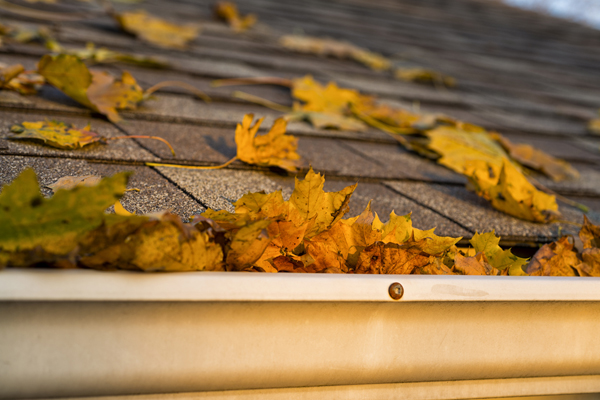
7. Clear Out Your Gutters
Depending on the number of trees you have, you may need to do this at least a couple times over the season, but be sure to give the gutters a final sweep after the last of the leaves have fallen, but before the snow comes. Check for proper drainage and clear out any blockages. This will help prevent ice damage due to clogged gutters.
8. Rake Your Leaves
Leaves definitely have their place, but it’s best to be intentional about where your leaves are left. If left piled on your lawn, they may suffocate the grass creating dead spots next season. Instead, move them to your compost or shred them to use as mulch for young trees, shrubs or in your garden beds.
TIP : Be sure your leaves are from healthy trees before using in your compost or as mulch, to help prevent the spread of disease.
Read The Benefits of Keeping Your Fall Leaves for more on how you can get the most out of this free valuable resource.
9. Mulch Your Plants
Here in Alberta we are no stranger to a wicked cold snap, help protect some of your more cold sensitive plants by giving them a solid layer of mulch for the winter.
TIP : Be sure your mulch covers the root systems but keep the mulch pushed back form the base of the plant by a few inches.
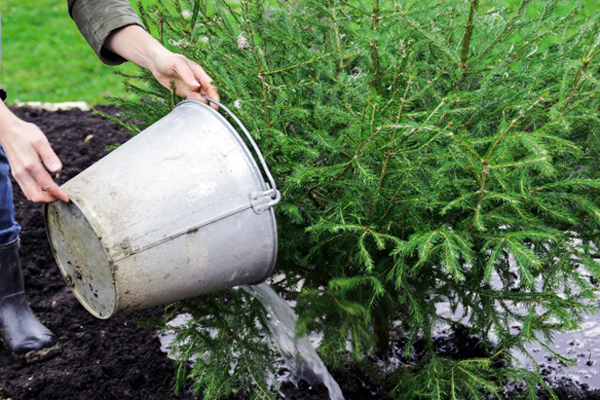
10. Give Your Plants a Final Deep Watering
By giving your plants a good soak before the ground freezes, you can ensure that they will have access to water on milder mid winter days before the snow has had a chance to melt and saturate the soil. This will help promote proper root growth and help prevent your plants from drying out over winter.
11. Drain & Dispose of Unused Fuel
Fuel begins to destabilize after 30 days, so it’s a good idea to drain and properly dispose of any remaining fuel within your lawn equipment.
12. Clean & Repair Your Equipment
This task, while tedious, can help prevent rusting and prolong the life of your equipment. Remove any remaining debris, wipe off any excess grease and give a good rinse if necessary before storing your tools for the winter. Fall is also a great time to service any equipment that may need repair, since service shops are usually slow this time of year and you’ll be ready to go in the Spring.
13. Disconnect & Drain Your Hoses
Once your plants have had their final watering and equipment cleaned, be sure to disconnect and drain all hoses, fountains, and irrigation systems. Water expands when it freezes, potentially bursting any pipes or hoses left with standing water.
14. Drain Your Rain Barrels
The same goes for your rain barrels. Be sure to empty all rain barrels, or any other standing water vessels, to prevent damage caused by expanding water as it freezes.
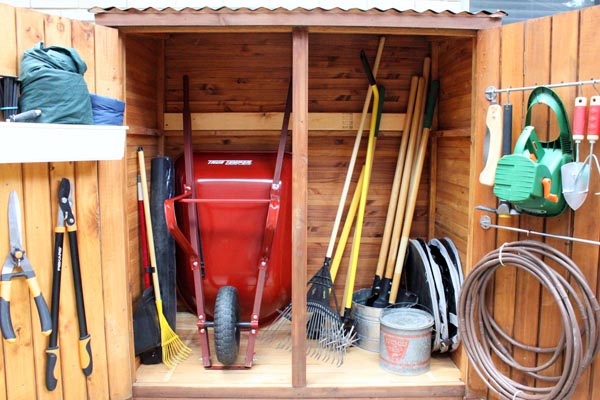
15. Organize Your Storage Shed
Do a final check to remove any liquids that might freeze, store your spring and summer tools in a dry location, and rotate any winter equipment to the front for easier access.

Lastly, Enjoy the Season
And that’s it. Now you can kick back or curl up, have a pumpkin spiced something and enjoy the rest of the season with the peace of mind that you are set for the winter and sure to enjoy an easier spring.
 |
| 
